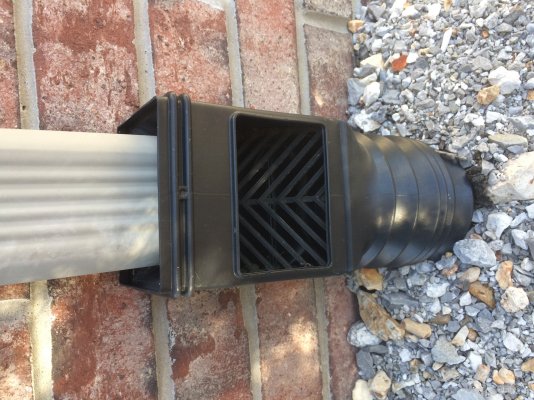TromboneAl
Give me a museum and I'll fill it. (Picasso) Give me a forum ...
- Joined
- Jun 30, 2006
- Messages
- 12,880
Great points, thanks.
DWV it is.
Good points on the outlet. This might be good:

Concerning cleanouts: I could go in from the catch drain at the start or from the outlet. Those would give me 23' and 16' access, respectively. Not enough?
DWV it is.
Good points on the outlet. This might be good:

Concerning cleanouts: I could go in from the catch drain at the start or from the outlet. Those would give me 23' and 16' access, respectively. Not enough?







